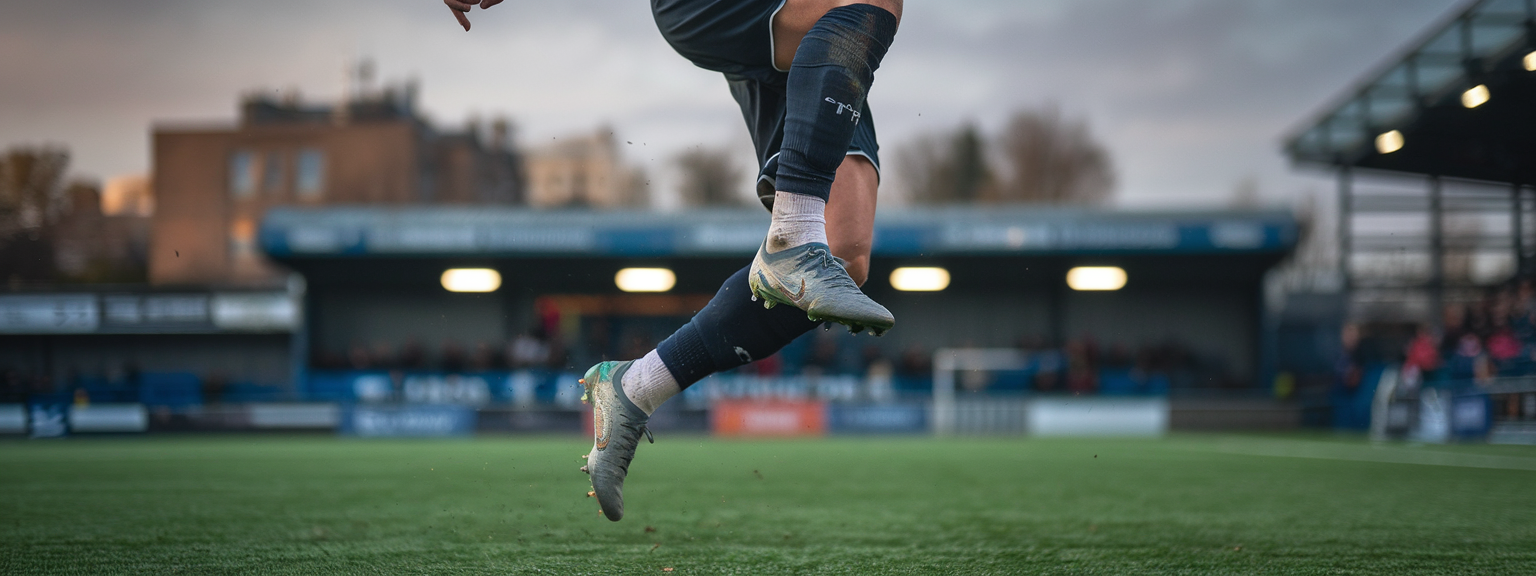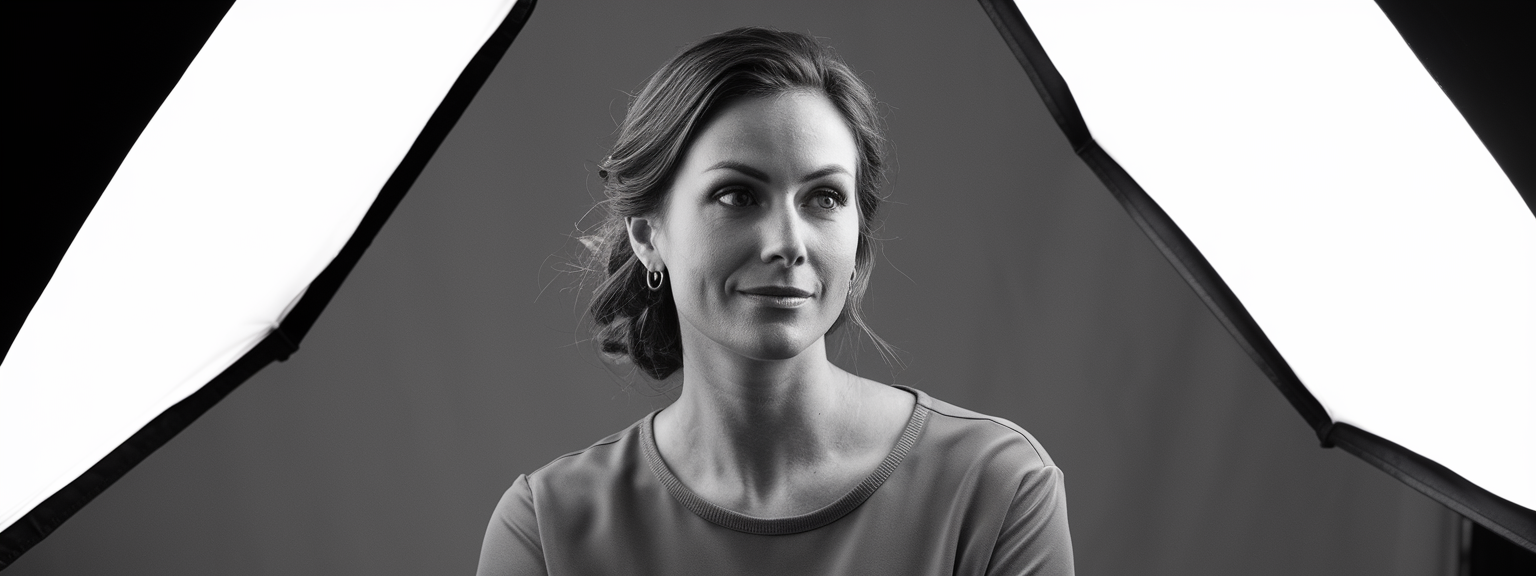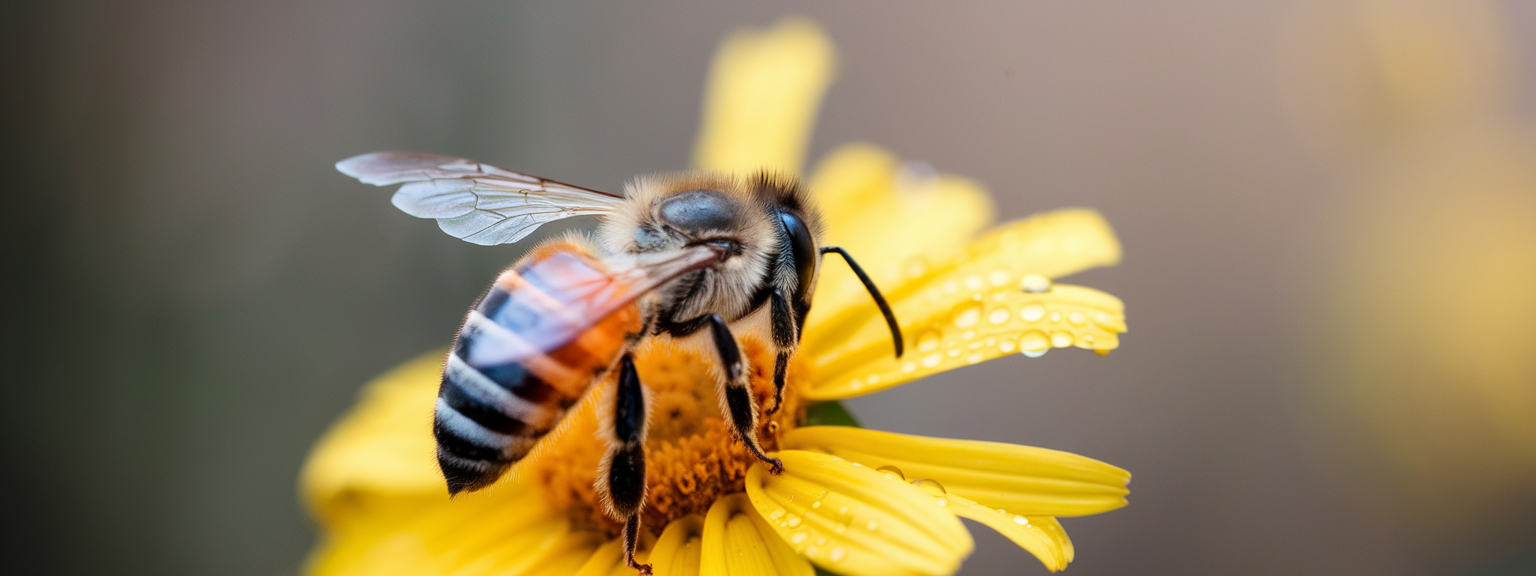Mastering Water Polo Photography: Capture Action and Emotion

📝 Step-by-Step Guide: Mastering Water Polo Photography
Water Polo photography is a challenging yet incredibly rewarding niche within sports photography. In this tutorial, we will explore Mastering Water Polo Photography in depth, offering you Water Polo Photography Techniques and Sports Photography Tips that are essential for shooting action-packed events. The dynamic motion in water, combined with the reflections and unpredictable nature of the sport, means that every shot requires precise camera settings and composition techniques. Therefore, follow this step-by-step guide to better capture the spirit, action, and emotion of water polo.
Understanding the Dynamics of Water Polo
Before diving into camera settings, it is important to understand the intricacies of water polo. This sport is known for its rapid transitions and constant movement. Athletes perform quick turns, explosive throws, and high-speed sprints in the water. In addition, water reflections play a significant role in capturing dramatic lighting and shadow effects. With such vibrant dynamics, mastering water polo photography means adapting your techniques according to these challenges.
Setting Up Your Equipment
The foundation of Mastering Water Polo Photography is having the proper equipment. Use a telephoto lens to capture close facial expressions from a distance while remaining unobtrusive. A camera that supports high ISO performance is crucial for capturing fast movements under variable lighting. Additionally, incorporating action photography settings such as continuous shooting and appropriate shutter speed (generally ranging from 1/500 sec to 1/2000 sec) is essential. Testing different camera settings beforehand optimizes your shooting session and reduces the likelihood of missed action.
Capture Emotion and Action with Composition Techniques
Composition is a critical element when aiming for Mastering Water Polo Photography. Position your subjects in the frame to highlight both the physical intensity and emotional expressions of athletes. Utilize the rule of thirds to create balanced images, and look for natural water reflections to add depth. Furthermore, signifying lines created by the water or player movements can guide the viewer’s eye to the main subject. In addition, try varying angles and perspectives to maintain visual interest in your compositions.
📌 Practical Applications: Mastering Water Polo Photography
Applying these techniques in real-world scenarios elevates your work from routine shots to masterpieces. During a match, plan your shooting positions early on. Identify strategic vantage points across the pool where water reflections enhance your images, and the movement of athletes is clearly conveyed. Keep a constant eye on the ball as it is often the focal point of the action. Moreover, adjust camera settings on-the-fly to compensate for changes in lighting or rapid movement.
Using a high-speed continuous shooting mode is a game changer, allowing you to capture multiple frames in succession. This strategy is particularly effective for cold-blooded action photography, where the exact moment of peak performance can be fleeting. As a result, your sequence of images can tell a complete story from the intense struggle in the pool to a triumphant moment of victory. These Water Polo Photography Techniques, coupled with smart planning, ensure that nothing is missed.
💡 Tips & Tricks: Mastering Water Polo Photography
Enhance your skills in Mastering Water Polo Photography with these detailed tips and tricks that blend technical proficiency with creative insight. Firstly, always be ready to adjust your camera settings. Continuous practice with various shutter speeds and aperture settings is fundamental when capturing fast-moving athletes. Also, experiment with different focus modes to ensure clarity in chaotic, fast-paced scenes.
Utilize Burst Mode for Fast Action
Burst mode is invaluable during those decisive moments of high-speed action. By using a high frame count per second, you increase your chance of capturing the exact moment when emotions run high and water splashes dramatically. This feature becomes particularly important in sports photography when every fraction of a second counts.
Play with Light and Reflections
Light plays a significant role in water polo photography. During matches, natural light combined with reflections from the pool can create stunning visual effects. Therefore, keep an eye on the water reflections as they often add mood and depth to your images. In addition, shooting during different times of the day can provide varied lighting conditions that complement certain moods or actions.
Master Your Camera Settings
Understanding and mastering your camera settings is essential. Use a high ISO setting when natural light is limited but be aware of the noise that might come with it. Experiment with different shutter speeds — faster speeds capture action crisply while slightly slower speeds can highlight water splashes. Using custom modes on your camera can streamline these adjustments, making it easier to switch between conditions.
📸 Sample Scenario
Imagine you are at a high-stakes water polo match during the late afternoon. The sun casts a golden glow across the pool and the water reflects the vibrant scenes of athleticism and determination. Here is a practical scenario where Mastering Water Polo Photography unfolds:
- Set your camera to burst mode with a shutter speed of 1/1000 sec to capture quick movements.
- Choose a telephoto lens to maintain a safe distance while capturing detailed expressions.
- Position yourself at a strategic angle near one end of the pool to best utilize natural light and water reflections.
- Keep the focus on the player who is about to make a decisive throw, ensuring that the background compliments the action without distracting from the subject.
- Experiment with different compositions, such as a side angle that captures the movement and a frontal view that captures intense emotions.
In this scenario, your goal is not only to capture the fast-paced action but also to convey the emotion and intensity of the game. By using these techniques, you can produce images that resonate deeply with your audience, fulfilling the aim of Mastering Water Polo Photography.
✅ Key Do’s for Effective Usage
To excel in Mastering Water Polo Photography, follow these key do’s. These recommendations are designed to improve both your technical skills and creative approach.
- Do prepare in advance: Scout the venue and decide on your shooting positions to maximize your angles.
- Do experiment with settings: Use various shutter speeds, apertures, and ISO settings until you achieve the desired effect.
- Do use burst mode: Capture sequences of images to ensure you don’t miss critical moments in action.
- Do focus on the face: Emotions are central to each moment; capturing players’ expressions can tell the full story.
- Do review your equipment: Keep extra batteries and memory cards close at hand so you never miss a shot.
- Do adjust for water reflections: Monitor sunlight and shadows, which can enhance or complicate your images. Adapt your composition accordingly.
❌ Common Mistakes to Avoid
Even skilled photographers can stumble upon pitfalls while striving for Mastering Water Polo Photography. It is crucial to be aware of common mistakes and learn how to avoid them:
- Avoid underexposure: Often, fast action sports are shot in challenging lighting. Not adjusting ISO settings accordingly leads to dark or poorly lit images.
- Don’t rely solely on automatic mode: Manual adjustments can help capture the finer details of player expressions and water splashes during dynamic moments.
- Avoid excessive zoom: Relying too heavily on digital zoom can degrade image quality; instead, use a quality telephoto lens.
- Don’t ignore the background: A cluttered or distracting background can pull focus away from the main subject.
- Avoid static compositions: In dynamic sports, sticking with one angle limits your creativity. Experiment with diverse perspectives to encapsulate the energy of the game.
- Do not over-edit: Over-processing your images can strip the natural emotion and authenticity that are key to conveying the thrill of water polo.
🔄 Troubleshooting & FAQs
Below are some common questions regarding Mastering Water Polo Photography along with detailed answers to help you troubleshoot and refine your skills:
- What camera settings are ideal for water polo?
For fast action, use a faster shutter speed (between 1/500 to 1/2000 sec) combined with burst mode. Adjust ISO according to the lighting conditions, while ensuring minimal noise. Practice with manual focus or continuous autofocus to keep up with rapid movements.
- How can I improve my action shots?
Regular practice and experimenting with different angles are key. Additionally, a proper telephoto lens will allow you to capture crisp details from a distance, and mastering water polo photography means being adaptable under varying lighting conditions.
- What are effective composition techniques in water polo photography?
Using the rule of thirds, capturing water reflections, and looking for leading lines can create engaging images. Also, varying your angles, such as shooting from above or from the side, adds depth to your photographs.
- How do I balance exposure with fast motion?
Balancing exposure involves testing and adjusting your ISO, shutter speed, and aperture settings. Moreover, try shooting in RAW format to preserve details that can be adjusted in post-processing.
- What should I do when water splashes obscure my subject?
Anticipate water splashes by positioning yourself with an eye on the player’s movement. Use continuous focus to track the subject as water splashes occur. In addition, slightly adjusting your angle can help minimize unwanted reflections.
🖼️ Bringing It All Together
Achieving excellence in Mastering Water Polo Photography is all about combining technical expertise with artistic vision. Remember, every match offers a new canvas. Be open to learning from each shoot and continuously refine your Water Polo Photography Techniques. By keeping an eye on the camera settings, focusing on core composition techniques, and adapting to changing conditions, you will create images that profoundly resonate with the spirit of sports.
Ultimately, photos that capture the action, emotion, and unpredictability of water polo serve as timeless testimonies to the sport’s excitement. In addition, using the discussed Sports Photography Tips and LSI keywords like Action Photography and Camera Settings will ensure that your work stands out. With persistence and creative exploration, you can transform every game into a story worth telling.
By applying the techniques outlined in this comprehensive guide, you will not only master water polo photography but also continuously evolve as a sports photographer. Every action-packed match, every splash captured in slow motion, and every emotional expression of the athletes is a testament to your dedication and skill. Embrace the process, experiment fearlessly, and watch as your water polo photography transforms into art that tells dynamic stories of human endurance and passion.
Keep exploring new angles, fine-tuning your camera settings, and pushing your creative boundaries. Remember, the field of sports photography is ever-changing and filled with opportunities to innovate. Continue learning, share your successes and insights with fellow enthusiasts, and let every match inspire your next masterpiece.
Embrace the challenge, and let your photographs capture not only the fierce competition but also the unspoken emotions and raw beauty of water polo. With every carefully captured frame, you are one step closer to truly mastering the art of sports photography.
Photography is not just about capturing an image—it’s about capturing a moment, a feeling, and a memory that can last forever. Keep your passion alive, and let each click of the shutter tell its own story.

![[Stunning Images Editing Workflow] [Photographer editing a vibrant landscape on a monitor, demonstrating techniques for stunning images]](https://lenslesson.com/wp-content/uploads/2025/12/advanced-stunning-images-editing-workflow.png)
![[sports-photography-action-shot] [Photographer using a telephoto lens to capture a fast break at a basketball game — Sports Photography]](https://lenslesson.com/wp-content/uploads/2025/12/sports-photography-action-shot-telephoto-basketball.png)
![[Travel photography sunrise capture] [Photographer capturing sunrise landscape during a travel photography trip with a mirrorless camera]](https://lenslesson.com/wp-content/uploads/2025/12/travel-photography-sunrise-shot-essentials.png)
![[Photo Tips Sharper Shots] [Close-up of a photographer adjusting camera settings - Photo Tips for sharper shots]](https://lenslesson.com/wp-content/uploads/2025/12/photo-tips-better-photos-smartphone-composition.png)
![[Urban Street Photography Moment] [Photographer capturing a candid moment on a busy city sidewalk — street photography scene]](https://lenslesson.com/wp-content/uploads/2025/12/street-photography-candid-urban-moment.png)



